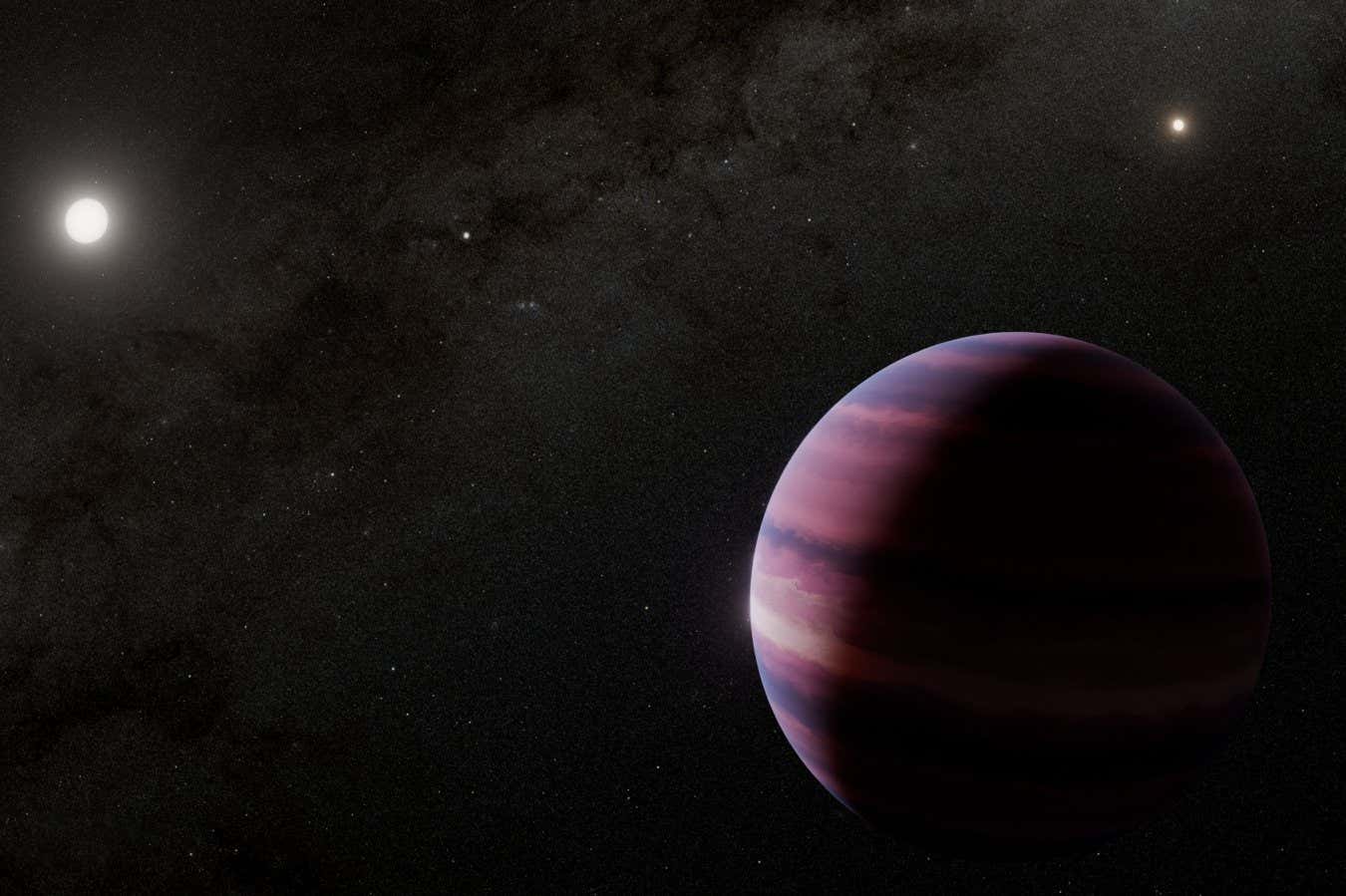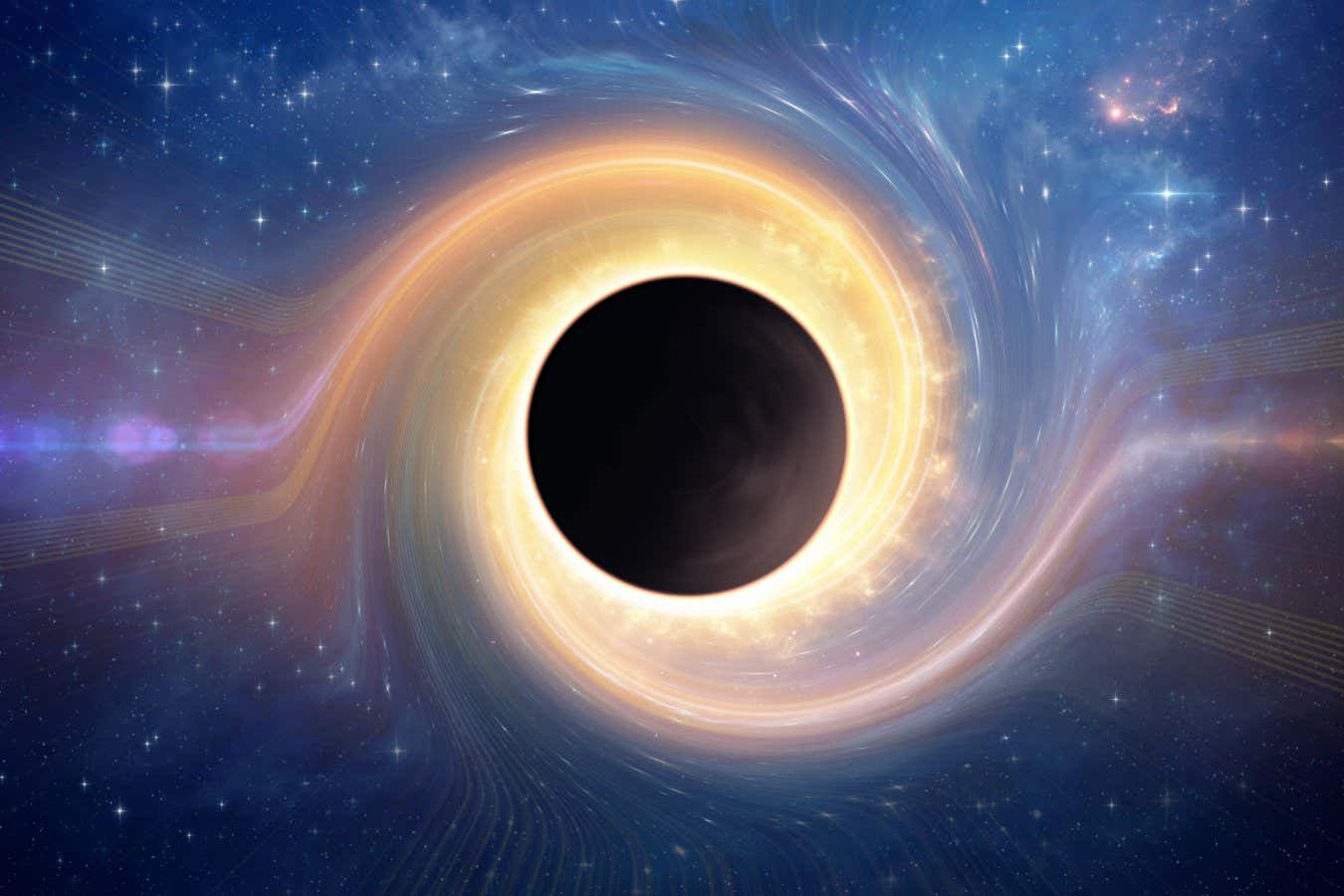Now Reading: Saturn-Sized Planet May Orbit Star Near Our Solar System
-
01
Saturn-Sized Planet May Orbit Star Near Our Solar System
Saturn-Sized Planet May Orbit Star Near Our Solar System

Quick Summary
- The James Webb Space Telescope (JWST) has perhaps identified a gas giant the size of Saturn in the Alpha Centauri star system, Earth’s closest neighboring stellar system located 4 light years away.
- Alpha Centauri consists of three stars: alpha centauri A, Alpha Centauri B, and Proxima Centauri.
- The planet,which orbits Alpha Centauri A (a sun-like star),was discovered using data collected by JWST’s Mid-Infrared Instrument (MIRI).
- This marks an aspiring milestone as JWST managed to directly detect light from the possible planet rather than using indirect methods.
- The finding is uncertain due to “disappearing” behavior; simulations suggest in some orbital scenarios the planet moved too close to its star to be visible during later observations.
- As a gas giant, this planet cannot support life but could reshape understanding of planetary formation in binary star systems.
- Two academic papers detailing these findings are soon to be published in The Astrophysical Journal Letters.
Indian Opinion Analysis
The discovery of a potential gas giant orbiting our nearest stellar neighbor highlights both technological advancements and ongoing scientific challenges in exoplanet research. For India’s vibrant space science community-centered around organizations like ISRO-this breakthrough underlines why investment into advanced observational tools yields critical insights into planetary systems’ dynamics and evolution. It also renews interest globally toward cooperative exploration initiatives targeting nearby stars for further study.
Though JWST primarily aims at studying distant galaxies, its ability to unveil nearby exoplanets showcases opportunities for novel applications across disciplines. For India, such projects emphasize collaboration with international observatories while accelerating indigenous technologies aimed at deep space observation through missions like Aditya-L1 or future interstellar probes.



























